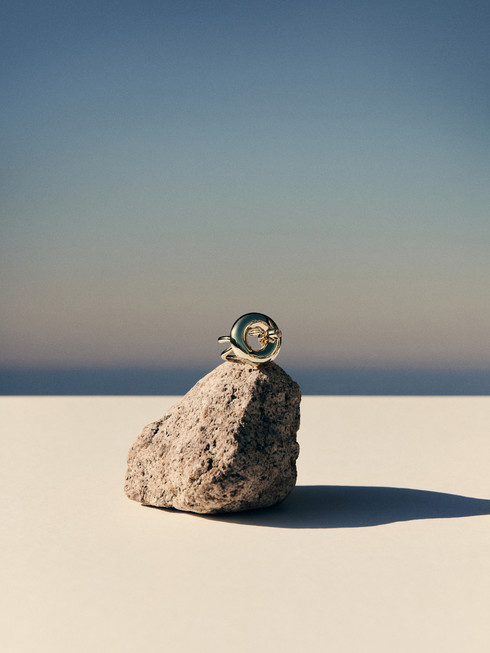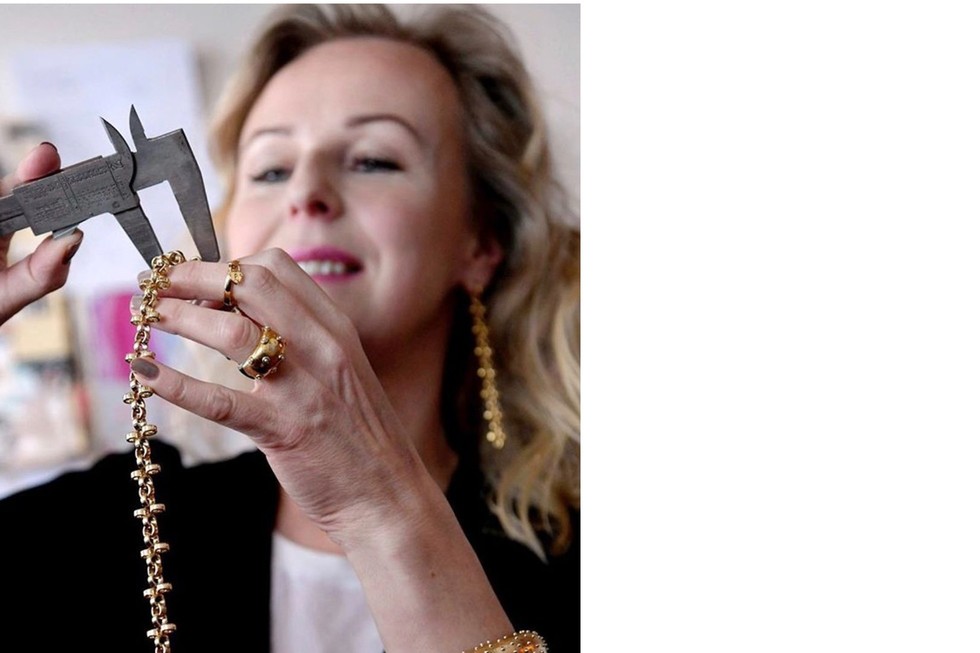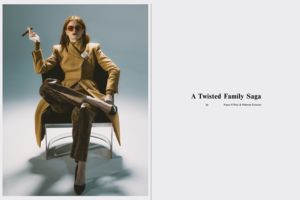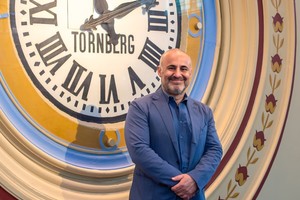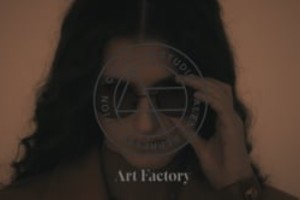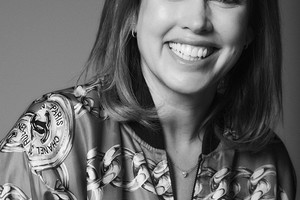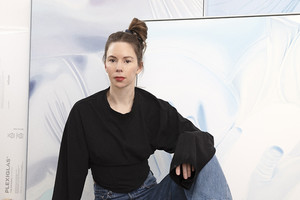Paula Pantolin: Crafting Personal Narratives in Metal
Written by Ulrika LindqvistSince founding Pantolin in 2006, Swedish jewelry designer Paula Pantolin has turned her deep-rooted love for art and storytelling into wearable works of meaning. From soldering her first piece as a student to creating emotionally charged collections like Isola, each design reflects a balance of craftsmanship, heritage, and personal history. In this interview, Pantolin shares the inspirations behind her work, the legacy of creativity in her family, and how her pieces invite the wearer to become part of the story.
UL: Can you tell us how long you have been working in jewelry design and what originally inspired you to pursue a career in this field?
Paula Pantolin: Pantolin was founded in 2006. My grandmother was a textile artist and my mother is a painter, so I grew up in a creative environment where expressing oneself through materials felt completely natural. It was clear to me early on that I wanted to find my own voice within the fine arts.
During my years in art school, I worked as an assistant to a silversmith. I started out doing the more repetitive tasks like casting and polishing, but I was always eager to learn more. The first time I saw two metal surfaces fuse together through soldering, I was completely mesmerized. That moment sparked something in me – a deep fascination that’s stayed with me ever since. Eventually, I earned a Master of Fine Arts in metalsmithing and jewellery design, and that became the foundation for what is now Pantolin.
What motivated you to found Pantolin?
I never really liked working for others, haha. But seriously — I knew my
designs stood out, and I wanted to create jewellery that I actually wanted to
wear myself, since I rarely found pieces I liked (except for vintage, of course).
I’ve always loved the idea of people wearing my art close to their hearts.
We would love to hear more about the Isola collection. What inspired it, and how does it
differ from your other collections? From idea to finished jewelry – can you take us through
the process?
It’s a deeply personal project. My late father — who was a professional sailor, among
other things — and I sketched this together many years ago. He sadly passed away last
year, so I wanted this piece to serve as a kind of homage to him.
The new collection is inspired by the idea of a life ring, something that helps you stay
afloat in the turbulent sea of life. Its name refers to “island” or “solitude.” The collection
is meant to include the wearer in the creative process, encouraging personal expression,
as there are no rules for how to wear it. The round shape of the pendant works just as
well on a scarf, a link, or a chain necklace. For example, paired with Pantolin’s cross
chain.
As for the process: I draw all the time, and often my ideas don’t fully mature until years
later. When I decide to bring something into three-dimensional form, I explore which
techniques might best serve the piece — soldering, casting, smithing, sculpting… almost
anything.
Can you walk us through a typical workday for you?
I don’t have typical workdays, I’m afraid. Every day looks a little different. But I’m
very disciplined. My mornings usually start with exercise, followed by checking emails
and handling web orders (Pantolin.com relaunched in April!). Then it’s a mix of
sketching, packaging, running to the post office, and whatever else the day brings. I also
spend a lot of time working by the bench, doing all the silversmithing myself—it's where
I feel most grounded. Alongside my own practice, I work part time as a fine metal
conservator, restoring historical objects.
Which piece from the "Isola" collection is closest to your heart and why?
The bangle. It’s unique, it has a distinct character and feels truly good to wear.
Is there any symbolism or hidden details in your jewelry that people might not immediately
notice?
Yes, it’s in Pantolin’s DNA to hide little surprises inside the jewellery, whether
it’s a pattern, engraving, or a gemstone.
Your jewelry is inspired by the Swedish west coast. Is there a particular reason for that?
That's where I grew up, and where my grandmother and mother spent their
summers.
What do you want people wearing “Isola” to feel? Feeling empowered and beautiful,
while participating in the process of how to wear it, will inspire creativity in
them as well.
How do you see the future? What’s next? Are there any specific projects, goals, or ambitions
that you are particularly excited about? I'm currently working on a few new
pieces that relate to the rituals around the table – an area I find
endlessly inspiring. I’m also very much looking forward to my
upcoming solo exhibitions this summer and autumn, which will offer
new perspectives on my creative process.

